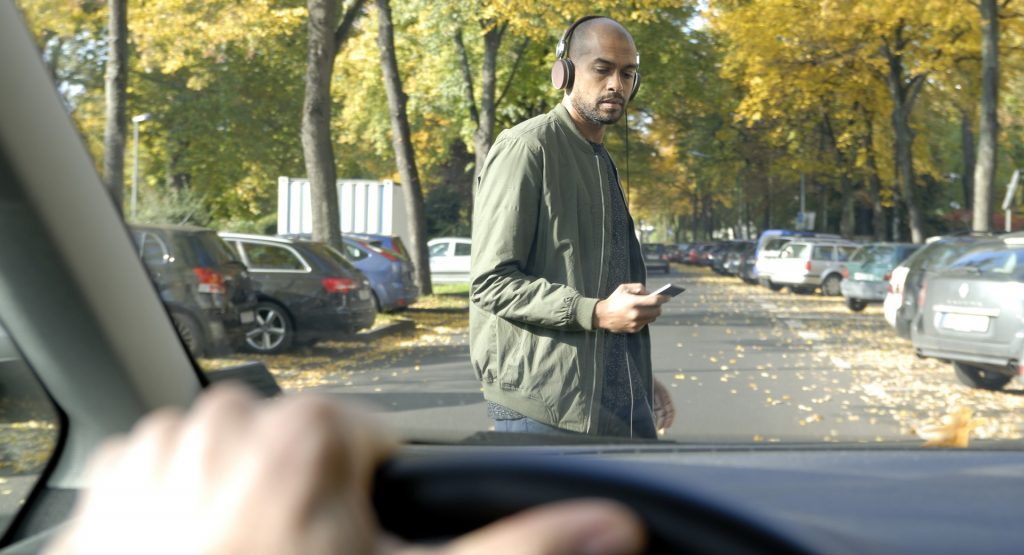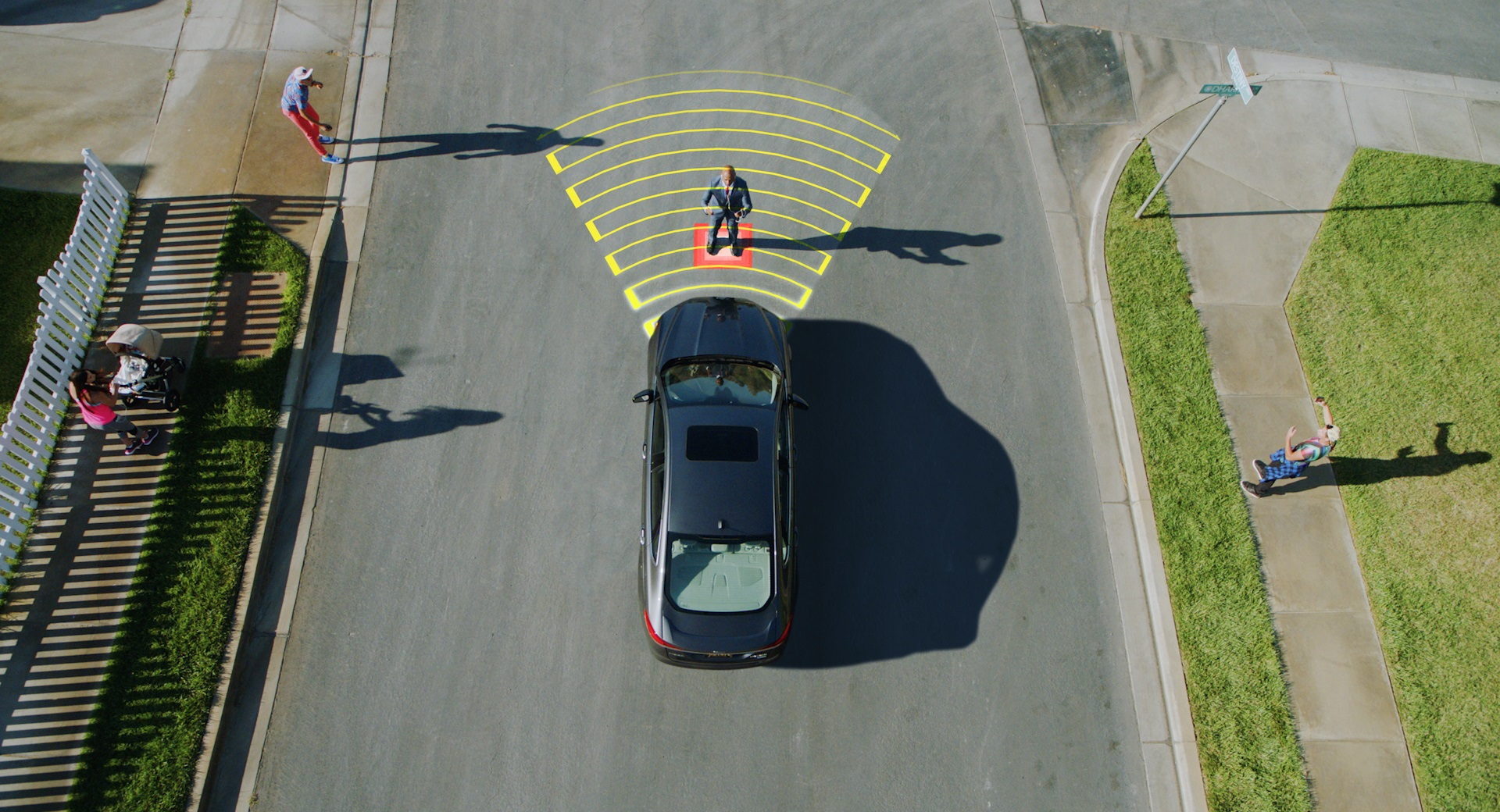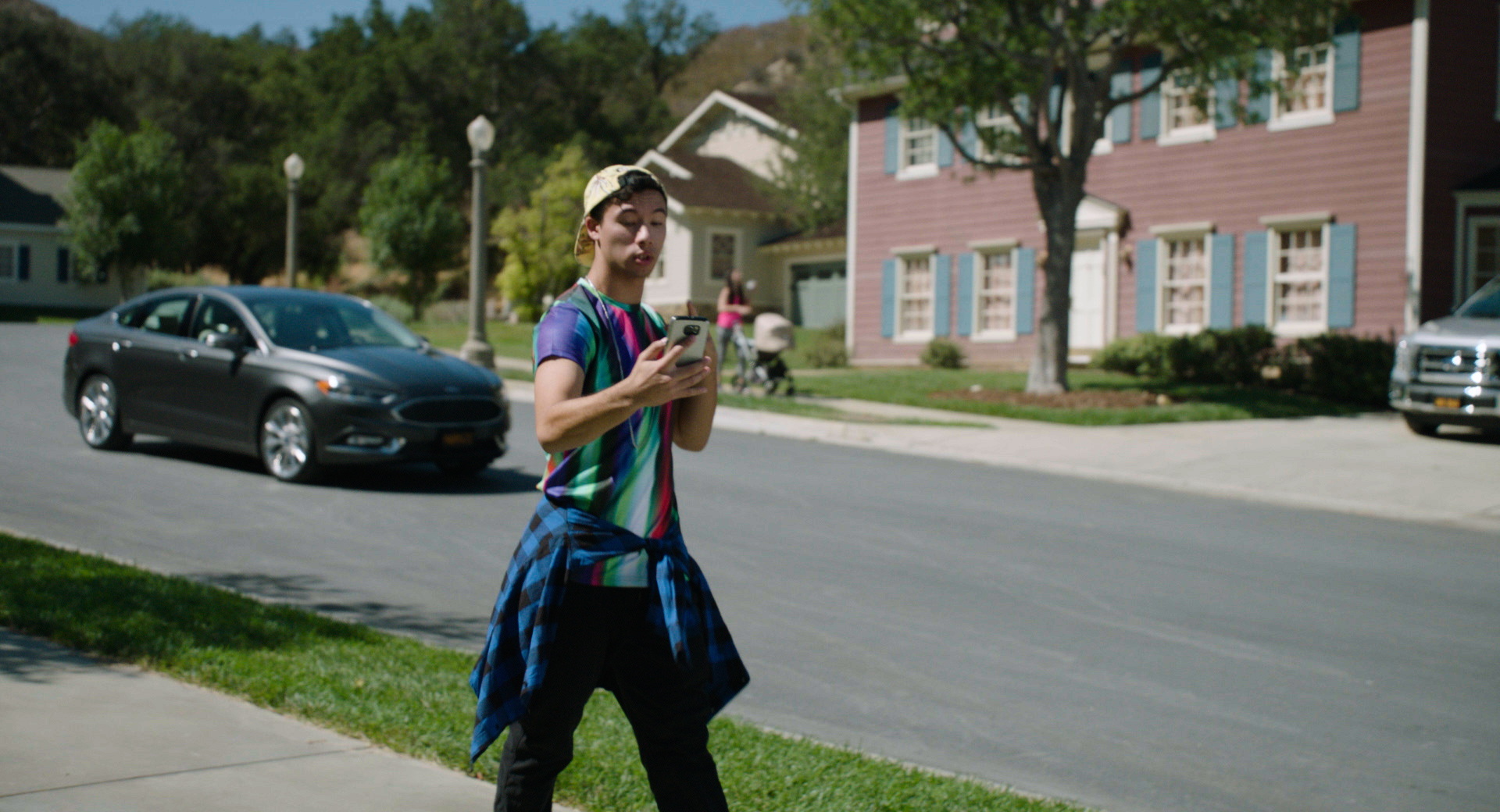Last year, 6,721 pedestrians were struck and killed in the U.S. The startling number rose compared to 2019, despite there being much less traffic on the road.
That’s according to data reported by the Governors Highway Safety Association (GHSA). The combination of pedestrian deaths rising by 4.8% year-over-year and traffic reducing by 13.2% meant that the pedestrian fatality rate rose by 21%, the largest increase ever recorded since the National Highway Traffic Safety Administration started tracking these numbers in 1975.
“We must strengthen our efforts to protect those on foot from traffic violence by implementing equitable and proven countermeasures that protect people walking and address those driving behaviors that pose the greatest risk,” said GHSA Executive Director Jonathan Adkins.
Read More: Despite The Pandemic, There Was A Surprising Amount Of Drunk Driving In 2020
The GHSA reports that the likely culprits are dangerous driving, impaired driving, and distraction. Indeed, alcohol impairment was reported in nearly half of all crashes that resulted in a pedestrian death. Perhaps relatedly, most pedestrians were killed on local roads in the dark, away from intersections. Pedestrian fatalities increased 54% at night, according to the association.
Alarmingly, pedestrian deaths are a persistent issue. In 2010, pedestrians accounted for 13% of all traffic fatalities. In 2019 number that number rose to 17% despite the fact that the number of all traffic deaths increased just 5%.
The GHSA reports in its “Spotlight on Highway Safety” that there are proven ways to help save people’s lives. Some are as simple as education for children on safe walking practices, while others involve pedestrian safety assessment audits and better road design. An equitable solution will also be important since Black, Indigenous, and People of Color were the disproportionate victims in pedestrian fatalities.
“The increase in pedestrian fatalities, especially against the backdrop of large, pandemic-related declines in motor vehicle travel, is especially concerning,” said Richard Retting of Sam Schwartz Consulting, who conducted the data analysis. “We cannot allow ourselves to become numb to these unacceptable numbers of pedestrian deaths.”






